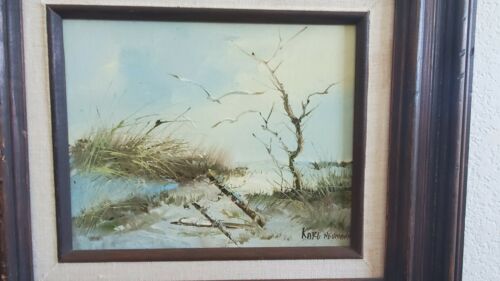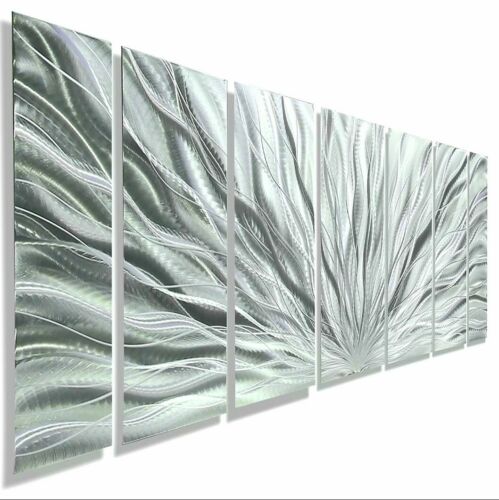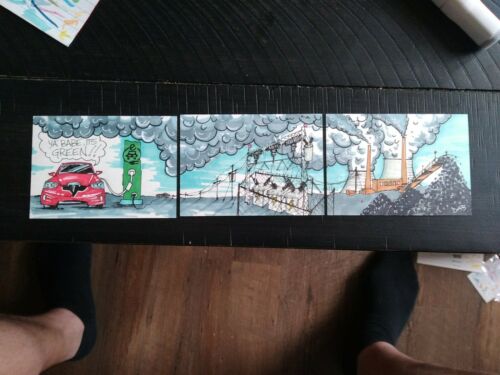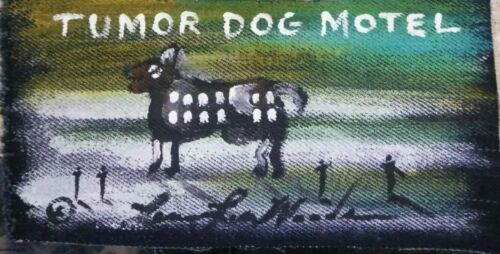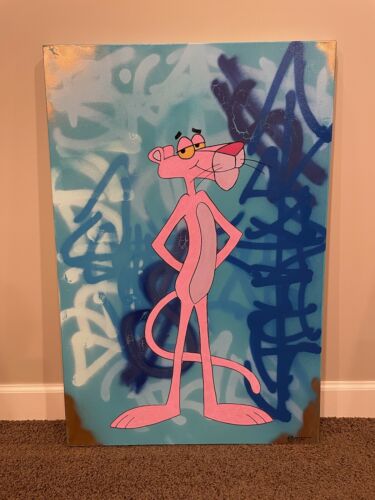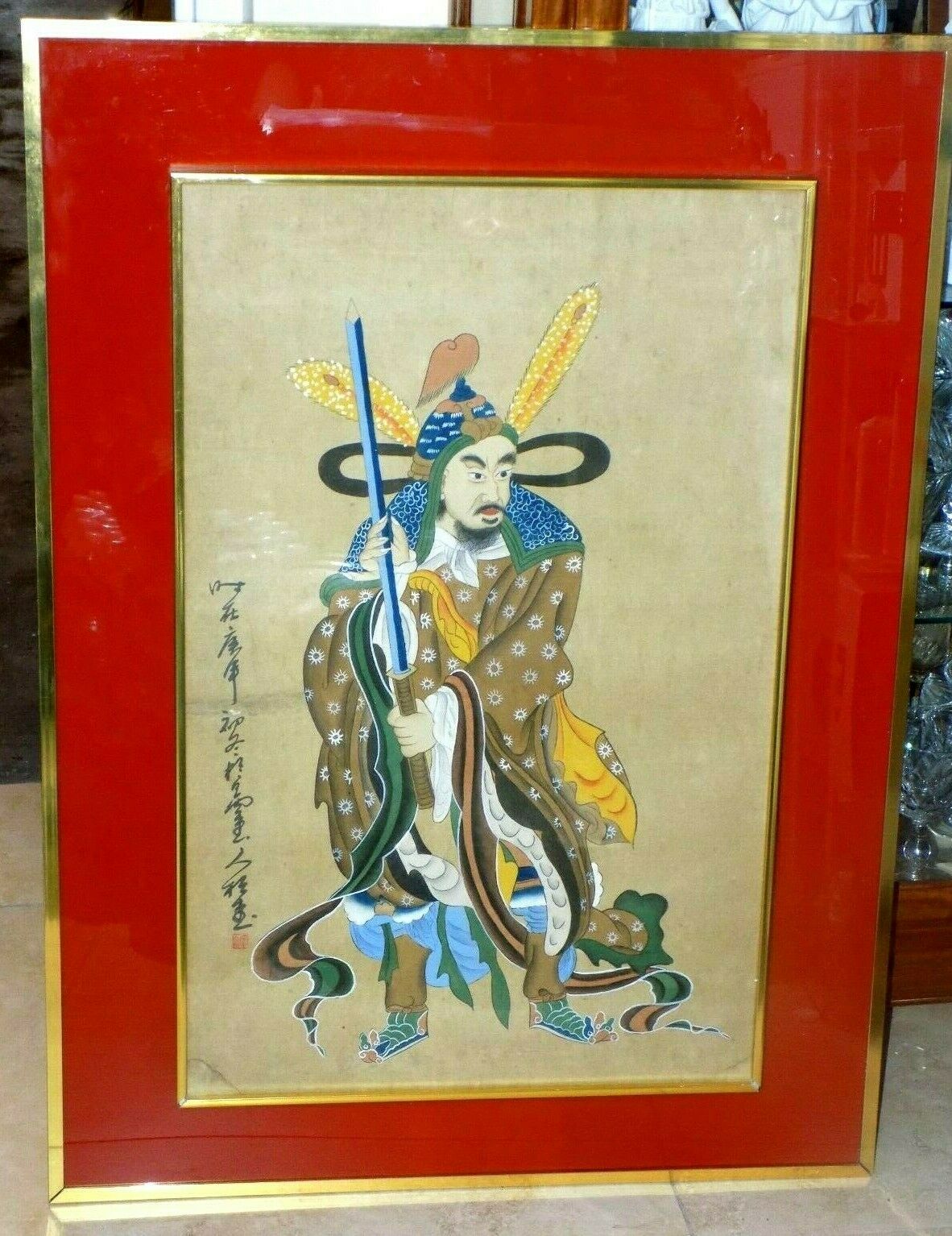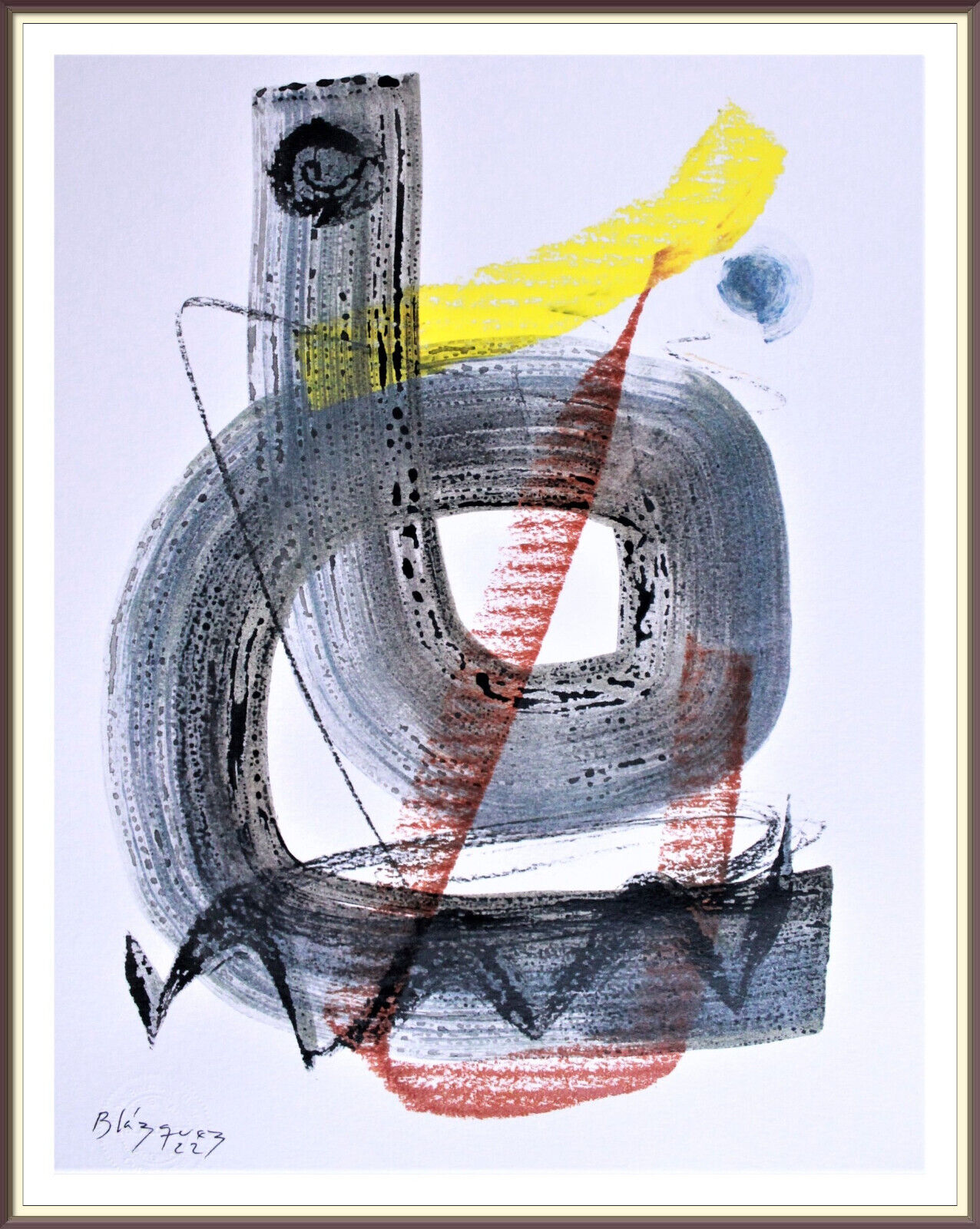-40%
Original Karl Neumann oil painting
$ 29.04
- Description
- Size Guide
Description
Original Karl Neumann oil painting. Shipped with USPS Priority Mail.eBayThis auction is for an original oil painting by, Karl Neumann, known for his stunning seascapes. This Stunning Painting Measures approximately 9 3/4" by 7 1/2" not including frame. This gorgeous framed work is alive with color and movement. The art work appears to be in good condition. Thank you!
Date born: July 1, 1860
Place Born: Mannheim, Germany
Date died: October 9, 1934
Place died: Heidelberg, Germany
University of Heidelberg professor of art; wrote first full monograph on Rembrandt (1902). Neumann was the son of a wealthy Jewish mercantile family. In 1878 he entered the university in Heidelberg to study history. By 1880 he had switched to Berlin, attending the lectures of Nitsch and the historian Heinrich von Treitschke (1834-1896). He returned to Heidelberg in 1882 to receive his Ph.D. with a dissertation topic on Bernhard von Clairvaux and the beginnings of the second crusade. Neumann went to Basel to hear the lectures Jacob Burckhardt, which turned his interest to art history. At the end of the 1880 Neuman began displaying signs of mental illness, depression and long hospital stays. He spent 1882 studying classical art at the Glyptothek in Munich. It was around this time that Neumann also became devoted to modern art. His book Der Kampf um die neue Kunst (The Struggle for New Art) was published in 1892. Neumann's preference, however, was for the classicizing tendencies of artists such as Anselm Feuerbach. Between 1884 and1887 Neumann made several journeys to Italy. He converted to Protestant Christianity in 1887. In 1894 he completed his Habilitationsschrift on the art of "Byzantium before the Crusades." In 1894 he went to Heidelberg lecturing on historical topics from antiquity to the culture of the Middle Ages. Neuman also wove in contemporary art into his lectures. He described a turning point in his life at the Bildergalerie (Picture Gallery) in Cassel when he saw Rembrandt's Jacob's Struggle with the Angel. It was not the technical virtuosity of Rembrandt that impressed him as much as painter's psychology. This aesthetic experience changed Neumann's interest from Renaissance art to the art 17th century. In 1902 he published the first monographic biography on Rembrandt. During the academic year 1903-1904 Neumann taught with the Renaissance scholar/theorist Robert Vischer at Göttingen university. But Vischer and Neumann had strong methodological differences and Neumann had to move on. In 1904 he transferred to Kiel under professor Adelbert Matthaei (1859-1924), as the chair for art history at the new technical university at Danzig, and faculty at Kiel. Matthaei had founded in 1893 the Kunsthistorisches Institut at Kiel. Neumann became a full professor at Kiel, teaching a range of courses, including French 18th and 19th century art and culture, Italian renaissance and a Rembrandt course. His lectures attracted huge followings. In 1907 Neumann was first president of the Schleswig-Holstein art association, arranging numerous exhibitions in the art museum. In February 1908 Neumann established an "Arts Center" for the University. Neumann succeeded Henry Thode in Heidelberg in 1911, though Thode protested. Arthur Haseloff replaced Neumann at Kiel. Neumann remained at Heidelberg until his retirement in 1929. In 1934 he moved to Frankfurt, where he died the same year. The students he influenced included Wilhelm R. Valentiner, Wilhelm Fraenger and Eberhard von Bodenhausen.
Neumann's methodology was strongly biographical and nationalistic. His early monograph on Rembrandt (1902) was opposed by art historians who saw the Renaissance as the defining era of art history and by Wilhelm von Bode, who had written his own Rembrandt book starting in 1897. Writing in the wake of the wildly successful (and wildly twisted) Rembrandt als Erzieher by Julius Langbehn, Neumann, too, focused on the irrational element in Rembrandt, eluding to the systematic philosopher Georg Simmel (1858-1918) in his book of 1916. Like many writing at the cusp of the twentieth century, Neumann assumed national characteristics determine the various styles of art. In Germany this national characteristic in art was frequently characterized as "medieval values." Neumann saw Rembrandt as part of the nordic Kunstwollen (art impulse), which Neumann characterized as antithetic to Renaissance culture, and concomitantly the classicism, which it had drawn from. Neumann believed that individualism in culture resulted in barbarism, though he strongly defended artists' rights to make art of their own time and not to rely on traditional models. Neumann was a proponent of modern art, what he called "the rights of the times," in his Kampf um die Modern Kunst.
Home Country: Germany
Sources: Jahn, Johannes, ed. Die Kunstwissenschaft der Gegenwart in Selbstdarstellungen. 2 vols. Leipzig: F. Meiner, 1924, pp. 33-76 ("1-44"), includes portrait, signature example, autobiography and bibliography; [Bodenhausen/Valentiner connection:] Barnes, James B. "Chronology." Masterpieces of Art: In Memory of W. R. Valentiner, 1880-1958. Raleigh, NC: North Carolina Museum of Art, 1959, p. 1; Bazin, Germain. Histoire de l'histoire de l'art: de Vasari à nos jours. Paris: Albin Michel, 1986, p. 150; Kultermann, Udo. The History of Art History. New York: Abaris, 1993, p. 132; Fink-Madera, Andrea. Carl Neumann, 1860-1934. Frankfurt am Main: P. Lang, 1993. Metzler Kunsthistoriker Lexikon: zweihundert Porträts deutschsprachiger Autoren aus vier Jahrhunderten. Stuttgart: Metzler, 1999, pp. 280-282.
Bibliography: [dissertation:] De primariis optandi, jubendi, vetandi enuntiatis apud Homerum comparato usu Hesiedeo[sic]. Varel a.d.J.[?], 1883; Der Kampf um die neue Kunst. Berlin: H. Walther, 1896; Rembrandt. Berlin: Spemann, 1902; edited, and Burckhardt, Jacob. Briefwechsel mit Heinrich von Geymüller. Munich: G. Müller und E. Rentsch, 1914; Drei merkwürdige künstlerische Anregungen bei Runge, Manet, Goya. Heidelberg: C. Winter, 1916; Aus der Werkstatt Rembrandts. Heiderlberg: C. Winter, 1918; Aus der Werkstatt Rembrandts. Heiderlberg: C. Winter, 1918;Rembrandt Handzeichnungen. Munich: R. Piper, 1918; Vom Glauben an eine kommende nationale Kunst. Heidelberg: C. Winter, 1919; and Kruse, John. Die Zeichnungen Rembrandts und seiner Schule im National-Museum zu Stockholm. The Hague: M. Nijhoff, 1920; Jacob Burckhardt. Munich: F. Bruckmann, 1927; Rembrandt van Rijn: das radierte Werk des Meisters in originalgetreuen Handkupferdrucken. 4 vols. Berlin: Amsler, 1928ff.; Der Maler Anselm Feürbach: Gedächtnisrede bei der Jahrhundertfeier für Feürbach an der Universität Heidelberg. Heidelberg: C. Winters, 1929.
